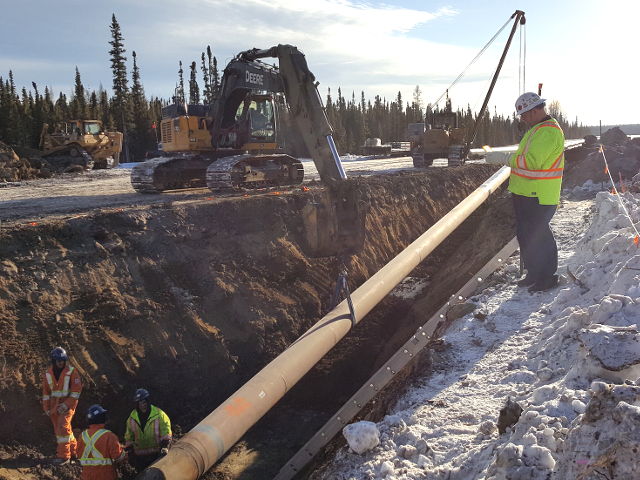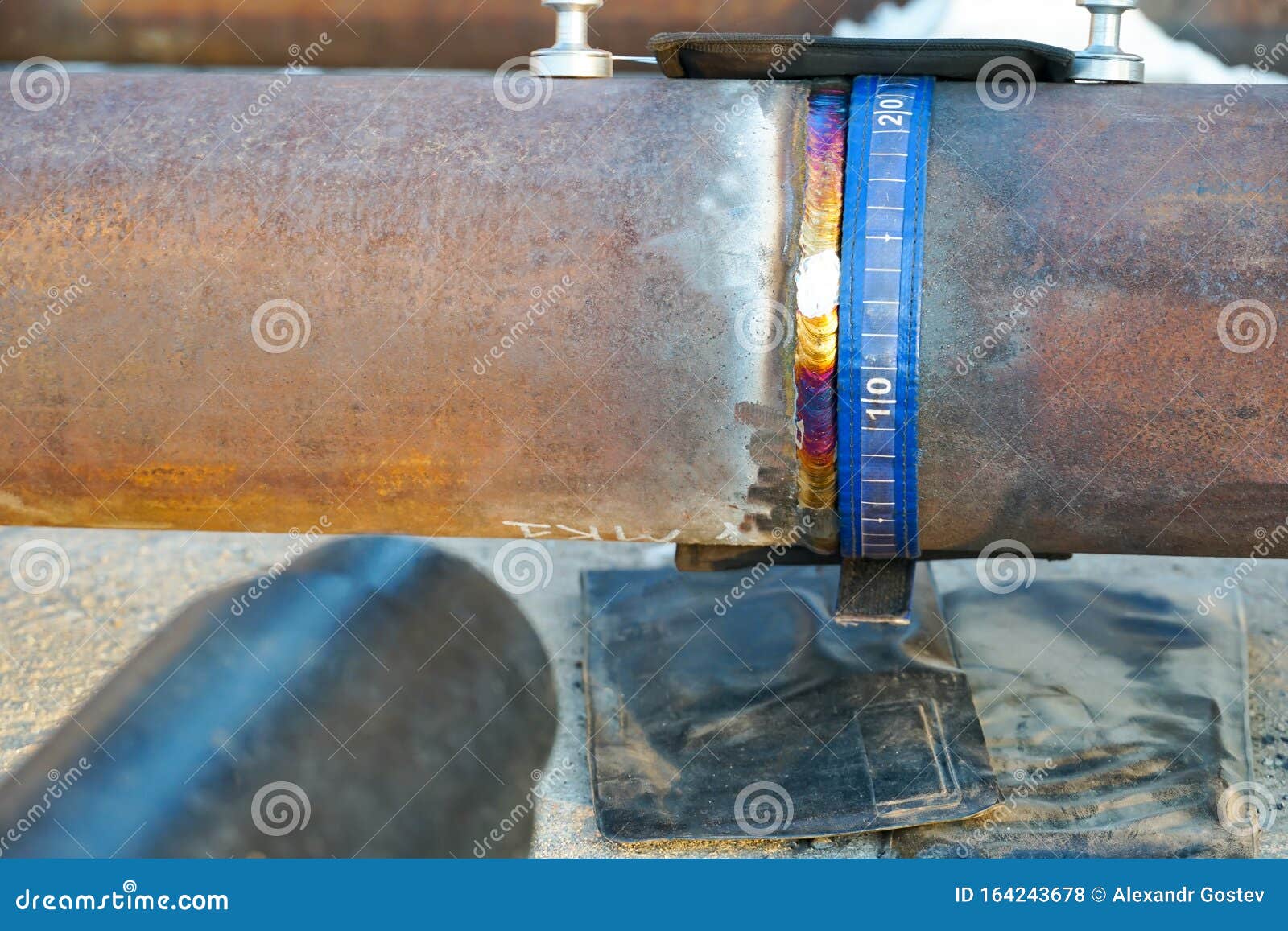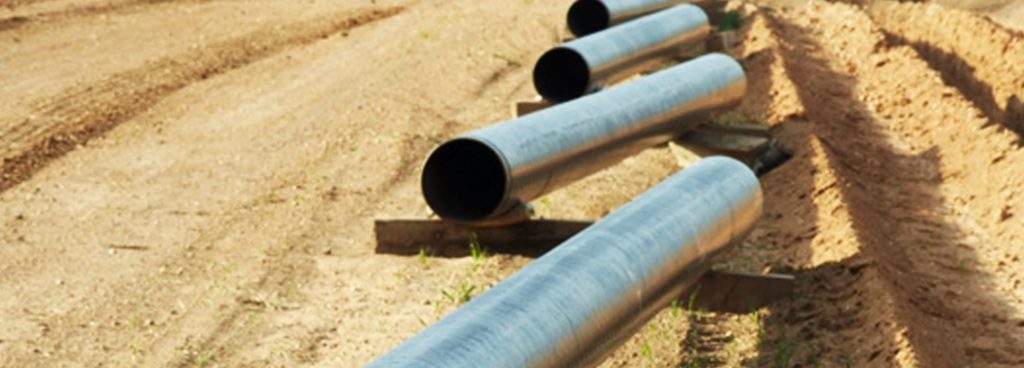
Ideal Practices for Pipeline Welding Evaluation: Techniques, Standards, and Procedures to Achieve Quality Guarantee and Conformity
Efficient pipe welding examination is essential for ensuring the stability and safety of crucial infrastructure. By employing a mix of strategies such as visual examination and progressed non-destructive screening techniques, in addition to adherence to developed sector requirements like those from ASME and AWS, organizations can considerably enhance their high quality assurance procedures. However, the implementation of these finest practices postures different obstacles that warrant cautious consideration. Recognizing the complexities associated with each phase of examination is important to achieving conformity and integrity in pipeline systems. What particular strategies can be utilized to navigate these difficulties successfully?
Value of Welding Examination
The stability of welded joints is extremely important in guaranteeing the security and dependability of pipe systems. Correct welding techniques and comprehensive examination processes are vital to avoid failures that can result in disastrous incidents, ecological damages, and loss of life. Pipeline Welding Inspection. Welding evaluation acts as a preventative action, identifying issues such as splits, porosity, and incomplete fusion before they rise right into severe concerns
Additionally, pipe systems usually operate under high pressure and severe problems, making the top quality of welds a lot more crucial. Regulatory compliance is another significant aspect, as different criteria determine the high quality guarantee processes that need to be abided by in pipeline construction and upkeep. Failure to comply can cause economic losses and legal ramifications.

The role of welding evaluation extends past mere verification of workmanship; it includes the assurance of long-term operational integrity. This includes an organized approach that consists of not just aesthetic assessments but also progressed non-destructive screening techniques. Inevitably, effective welding assessment is an investment in the durability and safety and security of pipe systems, ensuring they operate as meant while reducing dangers connected with product shortages.
Secret Evaluation Strategies

Visual assessment, typically the initial line of defense, permits the identification of surface area flaws such as splits, undercuts, and porosity. Ultrasonic testing utilizes high-frequency acoustic waves to discover internal imperfections, supplying a thorough assessment of weld stability. This non-destructive approach is particularly effective for determining interruptions that might not show up on the surface.
Radiographic screening includes the usage of X-rays or gamma rays to create photos of the welded joint, disclosing inner defects. This technique offers comprehensive insights but may need specific devices and safety considerations. Finally, magnetic fragment screening is efficient for identifying surface area and near-surface stoppages in ferromagnetic products, using magnetic fields and great iron bits.
Sector Specifications and Regulations
Compliance with sector requirements and regulations is crucial for making sure the high quality and safety of pipe welding evaluations. These standards provide a framework for best methods in welding processes, products, and examination techniques, allowing companies to decrease issues and improve the integrity of pipeline systems. Trick bodies such as the American Culture of Mechanical Engineers (ASME), the American Welding Culture (AWS), and the International Company for Standardization (ISO) state standards that are widely recognized and adopted within the industry.
In the United States, guidelines from the Pipeline and Hazardous Products Security Administration (PHMSA) regulate the safety and security of pipeline operations, mandating extensive inspection methods. These requirements not just serve to shield public safety and security and the atmosphere yet additionally guarantee conformity with contractual and lawful responsibilities. Adherence to the pertinent codes, such as ASME B31.3 for process piping, is essential for keeping operational efficiency and governing compliance.
In addition, constant updates and alterations to these criteria reflect technological developments and advancing industry methods, highlighting the demand for companies to stay educated and train workers as necessary. Inevitably, durable compliance with well established criteria fosters count on and reliability in pipeline infrastructure, guarding both assets and stakeholders.
Reliable Inspection Procedures
Reliable inspection procedures are essential for identifying possible defects in pipeline welds and making certain the total stability of the system. An organized technique to assessment encompasses several essential stages, including pre-weld, in-process, and post-weld look at these guys assessments. Each stage plays a vital function in preserving quality control.
Throughout pre-weld inspection, it is necessary to assess the materials and joint arrangements, ensuring conformity with project specifications. In-process evaluations entail keeping track of welding methods and parameters, such as warm input and travel speed, to prevent flaws from taking place. This stage enables for real-time adjustments to welding practices.
Post-weld inspections include non-destructive screening (NDT) methods like radiography, ultrasonic screening, and magnetic bit testing. These methods help identify inner and surface area imperfections that can endanger the pipeline's capability. Paperwork of all assessment activities is critical, providing a traceable record that sustains compliance with market criteria.
Training and certification of assessment workers additionally boost the efficiency of these procedures. By sticking to a structured inspection procedure, companies can reduce threats, make certain compliance, and inevitably supply pipelines that fulfill rigorous security and performance needs.
Common Obstacles and Solutions
Pipeline welding inspection provides a number of usual challenges that can influence the high quality and security of the last product. One substantial difficulty is the variability in welding methods and materials, which can cause irregular weld quality. To resolve this, it is essential to establish standardized treatments and training for welders, ensuring an uniform technique throughout projects.

Environmental aspects, including temperature and humidity, Learn More Here can also impact the welding procedure, possibly causing fractures or incomplete blend. Carrying out regulated settings and sticking to look at this web-site pre-weld procedures can reduce these threats.
Final Thought
To conclude, the implementation of best practices for pipe welding examination is vital for making certain top quality guarantee and compliance with industry criteria. A comprehensive strategy, including different methods such as visual, ultrasonic, and radiographic testing, facilitates the recognition of problems throughout all phases of the welding procedure. Pipeline Welding Inspection. Adherence to developed guidelines and effective evaluation procedures not just enhances the dependability and safety and security of pipeline systems yet likewise reduces threats related to welding problems, therefore promoting general functional honesty
Compliance with industry requirements and policies is important for making certain the quality and security of pipeline welding examinations. These requirements give a structure for finest methods in welding procedures, materials, and assessment methods, enabling companies to reduce defects and enhance the integrity of pipe systems.In the United States, policies from the Pipeline and Hazardous Products Safety Administration (PHMSA) regulate the security of pipe operations, mandating rigorous examination procedures. A systematic strategy to assessment incorporates several key phases, consisting of pre-weld, in-process, and post-weld inspections.In final thought, the implementation of ideal techniques for pipe welding assessment is important for guaranteeing quality assurance and compliance with industry standards.